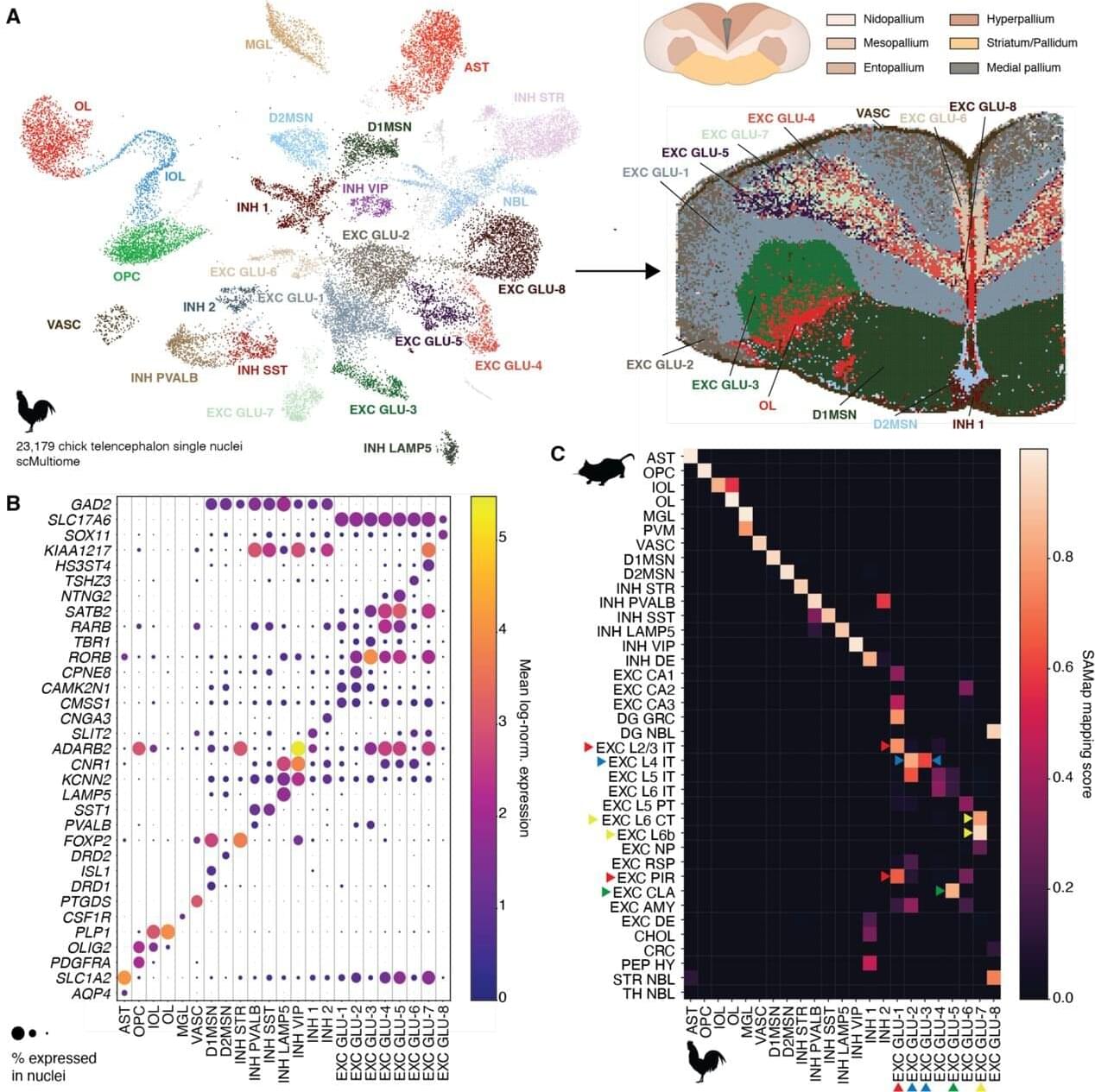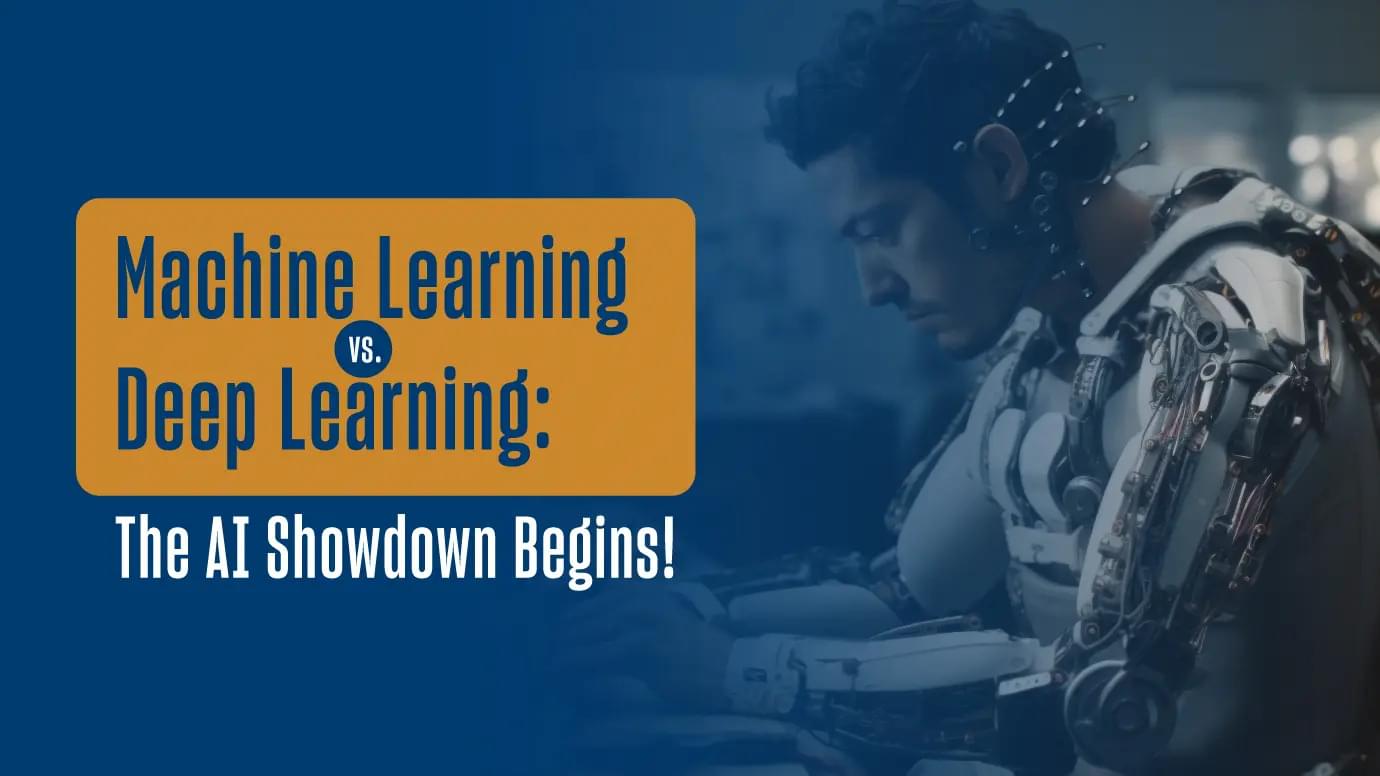In this episode, we dive into the alarming concept of cognitive warfare—a new form of conflict where technology targets our minds to influence, control, and even manipulate our thoughts and emotions. Could governments and tech giants use these advanced tools to control how we think and feel? From artificial intelligence to neuromarketing, explore how cognitive warfare tactics are evolving and what they mean for personal freedom and mental autonomy in the digital age.
Join us as we uncover:
What cognitive warfare is and how it works.
How tech companies and governments could potentially shape public opinion.
The subtle ways AI-driven influence shapes our beliefs.
Potential risks to mental freedom and democracy if cognitive warfare becomes widespread.
If you’re concerned about AI manipulation, mind control technology, or the future of mental freedom, don’t miss this eye-opening video. Make sure to like, subscribe, and share to stay informed on critical issues at the intersection of technology, psychology, and control.




